The Power Of Portraits and DIY Large Format Photography with Markus Hofstätter
2 17 Share TweetMarkus Hofstätter is a familiar name to the Lomography community. He has been featured in the magazine for his many experiments and studies with large format cameras. An award-winning photographer, who still continues to be a guiding light in the analogue community, especially for large format, he showcases his work through his blog, Youtube channel, and even workshops where participants can get hands-on with the process.
Recently he gained access to two giant HDR lenses and a small microscope lens which he somehow managed to use with his DIY large format cameras. Unconventional and totally unique, the process and images were some of his most interesting work so far. Besides talking about these experiments, we got the chance to delve deeper into his process and why he loves to take time when it comes to portraits.
Hi Markus, can you introduce yourself to the community and tell us how you started your analogue journey?
I remember the day, many years ago; I sat in front of my computer and looked out of the window and just saw a sad urban view of a big city. I live in the countryside, but sometimes I work in the city as well. That day I knew I had to change something. On my way home I drove to the used department of the Leica store in Vienna and got myself a Mamiya 645e with an 80 mm lens. I had no idea what I would get myself into with that purchase.
I started to shoot street portraits with it and this little project quickly became an addiction. I traveled the world to capture portraits of people on the street. You can see my journey here. I spent so much time with people on the street, sometimes I even spent two days on the street with one person. I have a whole wall in my exhibition room with all the portraits.
When did you decide to start using large-format and ultra-large format cameras and how has the journey been so far?
At some point, a friend gave me a Linhof Techinka camera and told me that I should give it a try. So I started to shoot street portraits with a large format camera and quickly got myself the same camera. There it was – my second addiction. Large format was so much slower and fascinating. I love the big "viewfinder"; looking at the ground glass is such a wonderful experience. I am much more separated from the world when I work behind my dark cloth. Besides portraits, I also did some wildlife with my Linhof which you guys wrote about back then.
And then I discovered the wet collodion process. Building my own “film” and working even more with my hands was a game changer. It is so much different than everything else I ever did. I can repair my own cameras and create my own chemicals and with that, I can put even more of myself into my work. The side projects you see here are happening because I am a very curious person and want to try out new things. Not everything works out as expected, but that's the interesting part. Fail to learn.
My main subject is portraits. I love to spend time with people to create something unique together. Time is the most precious thing these days. With some of my sitters, I spend up to four hours to create two portraits. To take so much time for one portrait changes everything. I think I like it so much because it has a connection with my street portraits, where I sometimes sat with people on the street for a long time and only took one or two portraits. With that much time, I often get a deeper connection with my sitter and with that, I can create a portrait that is very honest and unique. It’s a bit like the whole world around us is standing still and the only thing that is happening is this one portrait we work together on. When was the last time you saw somebody crying or shouting out for joy because they loved their portrait so much?
As much as I love 4x5 plates from the Linhof, I wanted to try bigger cameras. These days I enjoy 8x10 and 18x24cm the most but the 5x7 is a very nice format too. Holding a 12x16 plate in my hands is a totally different story. But it also takes much more dedication to work with that size. Lenswise I enjoy old Petzval lenses because I can work more creatively with them. For example, I love to Shoot 18x24cm with my Dallmeyer 2b which was originally designed for smaller formats. Because of the small image circle, it produces a very unique and natural vignette. I also love that it is only sharp in the center. Combined with the vignette I can force the viewer to look at a specific point on my portraits. I use this lens a lot for my current project which is called Inspired Series and portrays people that give me goosebumps with their life story or work.
Why do you think it is still important to teach people how to shoot with these cameras despite the rise of new technology?
You should ask the people who book my workshops, not me. Despite the fact that capturing photographs these days gets easier and easier with the help of AI, or even completely prompted images that can look amazing, people miss craftsmanship. Sitting in front of a computer to create something that never happened in real life, or just working on many digital files can be fun, but after some time you will miss something. A lot of digital photographers work now with film. I think life is all about great memories. When you work with these cameras and that process, you will remember it for a very long time. It’s an experience that you will never forget. I had so many different people in my workshops, from a beekeeper, to a movie director, to a plastic surgeon and even a painter. Surprisingly a lot of people come from IT and I guess these people want to feel something real again. It creates a place of happiness. And besides it gives us memories, which is another important part of our lives.
Sure, preserving the history is important, but also learning proper techniques such as how to work with that process and how to protect yourself because of the chemicals is also an important aspect of my workshops. Beyond the technical side, good memories and fun are the most important ones. I mostly stay in contact with all my workshop participants. I become friends with all of them and they will always get my support. Besides that I enjoy working with my Patreon supporters as well. With that, I can work with even more people that are further away.
Looking at the three lenses you used, can you describe the similarities and differences between them? How were the results and is there one that you prefer?
I kept the one that I shot the HDR tintype because it’s a little easier to handle. The tiny one lives on my desk, it was a present from Denis of wetplatedreams.com who has a lot of lens knowledge and is also part of my inspired series. Maybe I will use the small one again for a microscopic project. A friend send me an image with the original purpose of these lenses. Honestly, these projects only happened because I was curious.
The big lenses have such a tiny depth of field and the small one has a really tiny image circle. With all projects, I bent the boundaries of the process and the lenses. I am not sure if I will ever use them again. But there is one important thing I take with me out of all these projects. I know now more about history and what these lenses can do. But maybe if I run into a situation where I want to achieve a specific look or solve a problem that I can not solve with traditional lenses – that's the time when these lenses will be back in action.
What are some tips you can give to people who want to start their journey into large and ultra-large format cameras?
If it’s only about cameras, I would strongly recommend buying from a trusted shop. Never buy a camera without fitting plate holders (only if they have an international back). You may think you get a bargain, but end up with lots of lost time and money. Before you start with ultra-large format, start with something smaller, otherwise there is a big chance of frustration. If you want to learn the wet collodion process, start with a good book and book a workshop where you learn about history, the danger and also where you get a list of good resources. Working with these kinds of chemicals you never worked with before can be very dangerous. But with the right help, there is nothing to worry about.
Are there any other lenses on your radar that you want to acquire or try for your next few projects?
Lens-wise I am happy with what I have. I mostly shoot with my Petzval lenses and my Voigtländer Universal Heliar. Maybe I will get a smaller Heliar at some point. But that's all. In an upcoming video, I want to show that scratched lenses are not that kind of a big issue, because people are always scared to buy lenses that have a tiny scratch on them.
Any advice or words you want to share with the rest of the community?
Don’t focus too much on gear, start with what you have and create. Learn your tools and get comfortable with it. Buying new lenses all the time will not make you a better photographer. For example, my last purchase was a Zeiss Tessar lens. I only bought it because I was missing a lens for group portraits. My Petzvals were not doing a great job on these. The other lenses you see in my videos were often a gift or were super cheap. Sometimes they sit for many years on my shelf until I find some time to use them and often I never use them again.
Don’t be afraid to make mistakes. Mistakes are such a great thing to learn from. Not everything can be all the time perfect. Have fun and enjoy the process you are working with. I was working so hard on perfectly clean wet plates for some time. And after I learned how to archive it, I tried new things to create unique plates. On the other hand, it’s not art if you only make mistakes.
One more thing – I will do a very cool wet plate talk at the Ars Electronica Center in Austria You will see there this beautiful process like you have never seen before. Portraits in 8k on a gigantic screen. And 4k microscopic videos of the chemical reactions. It’s not online on their website yet, but it will be on the 13th of October this year.
We thank Markus for taking the time to talk to us about his process and sharing his story. To keep up with him be sure to check out his blog, Instagram and Youtube Channel. Do you have stories about encountering Large Format cameras? Comment down below!
written by rocket_fries0036 on 2023-08-28 #gear #people #vienna #austria #large-format #wet-plate #collodion #tintype #markus-hofstaetter

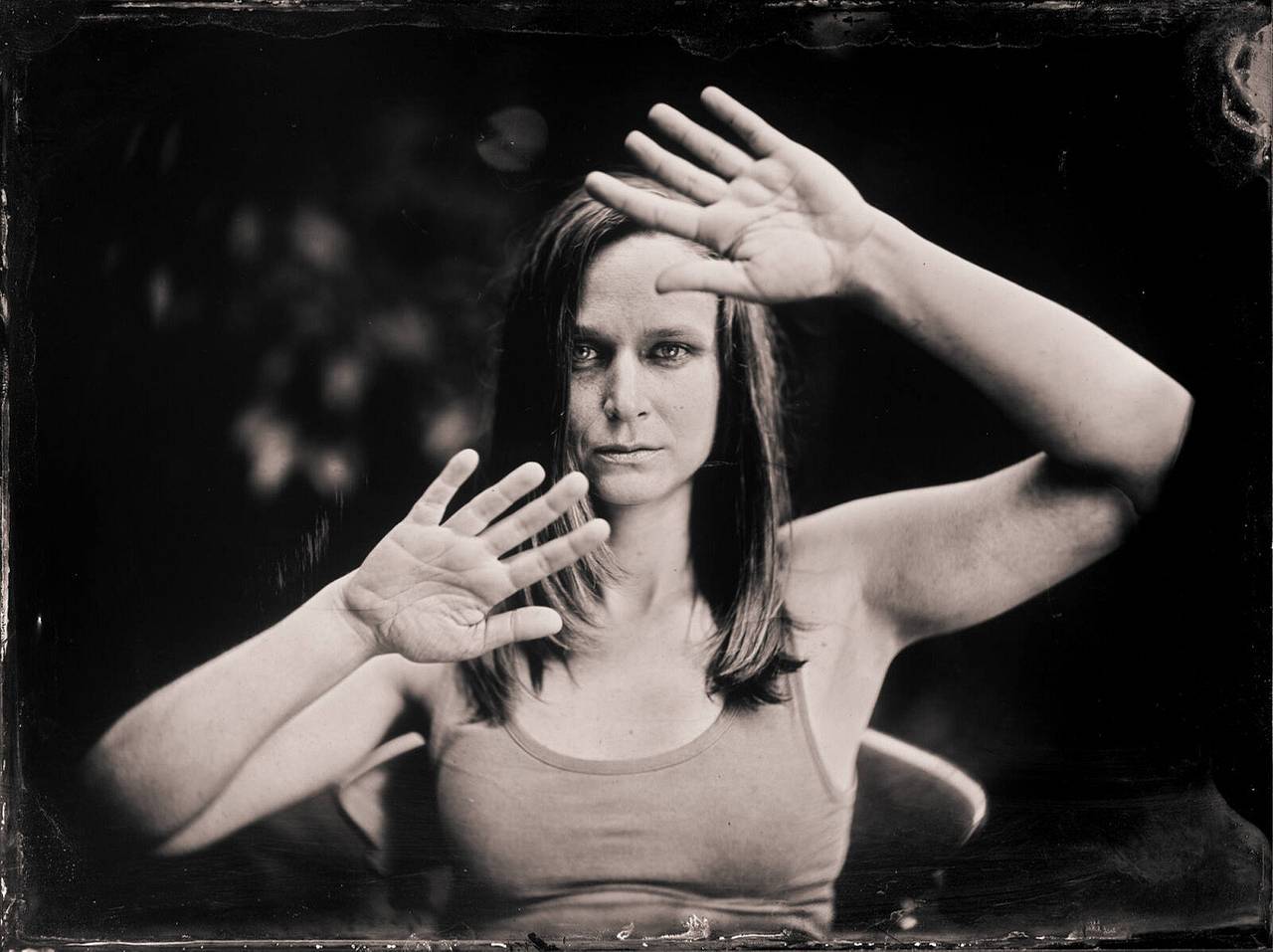
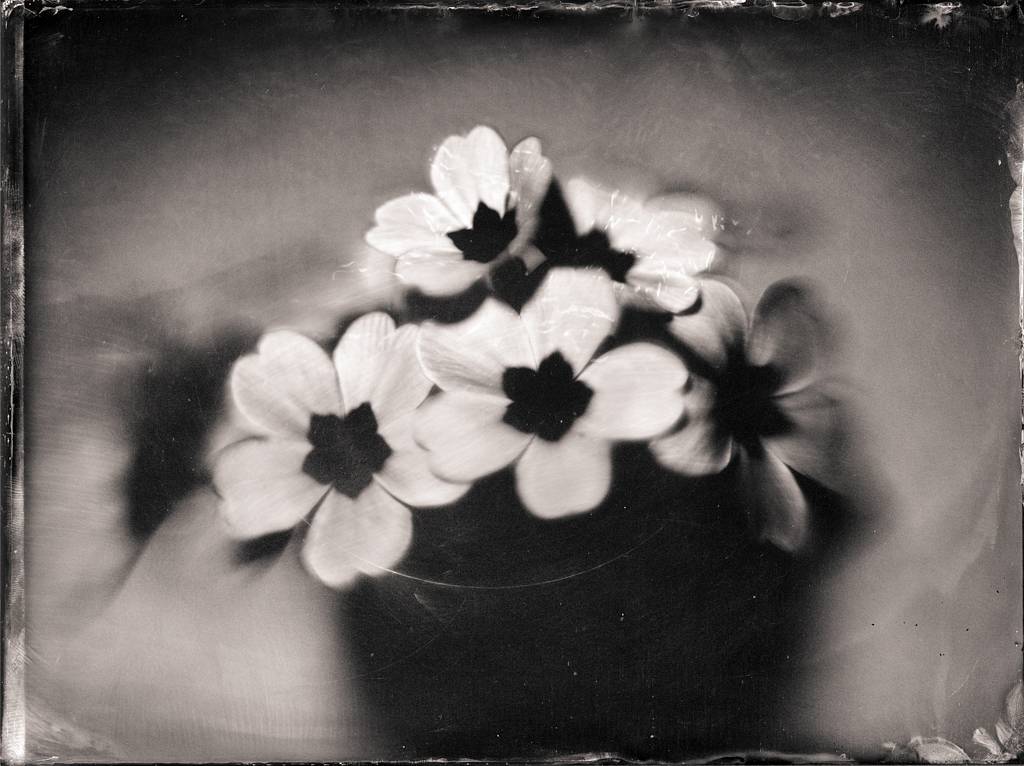
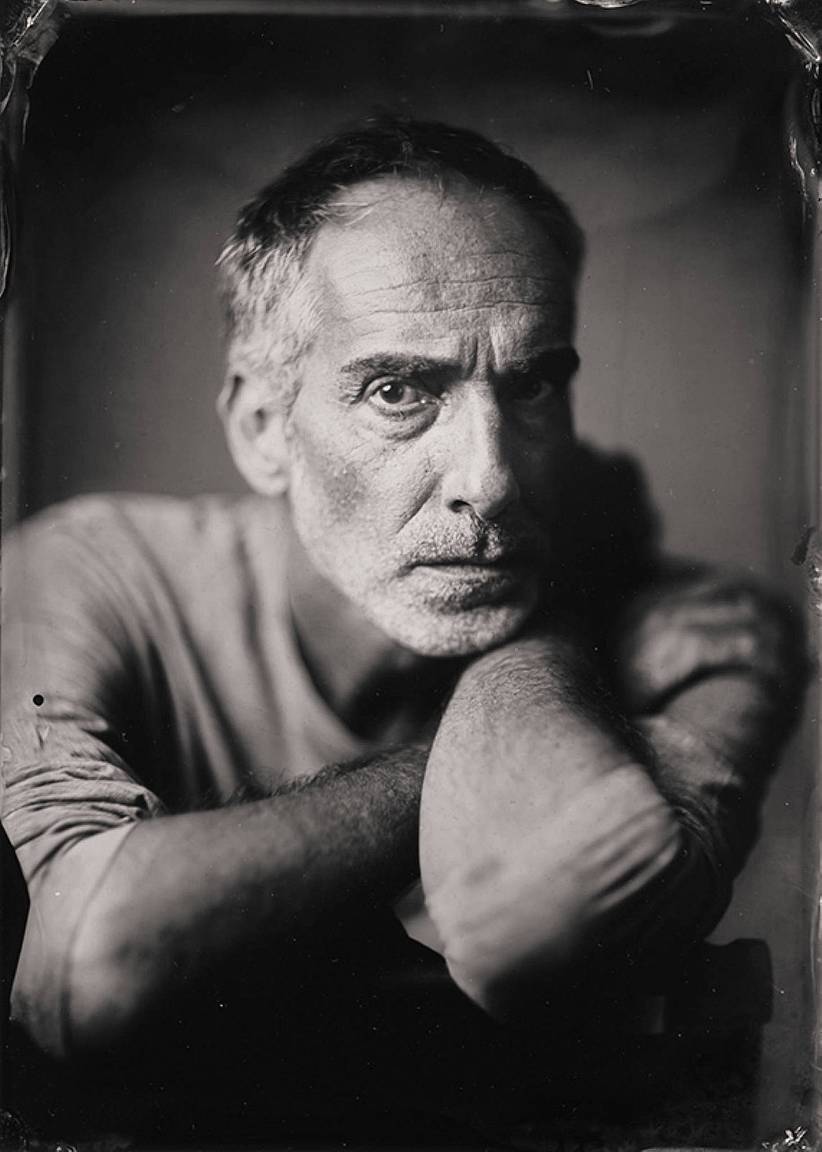
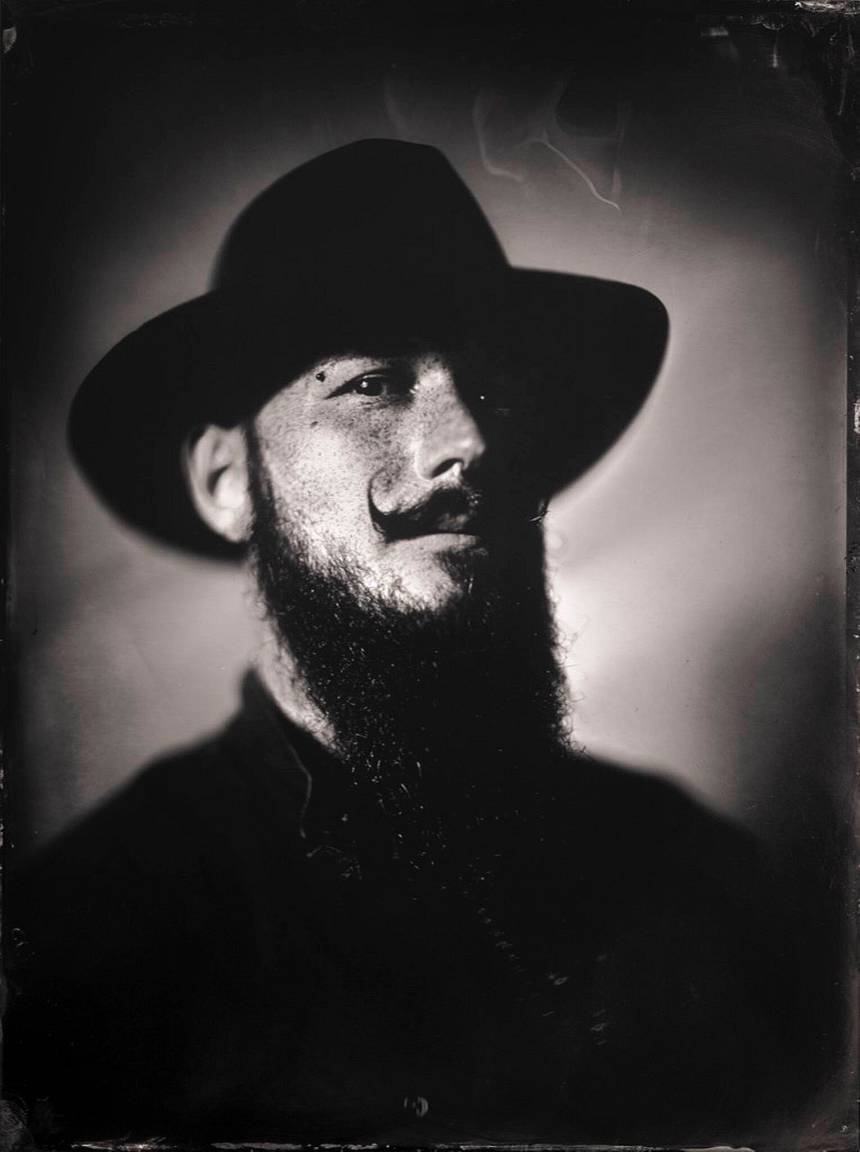



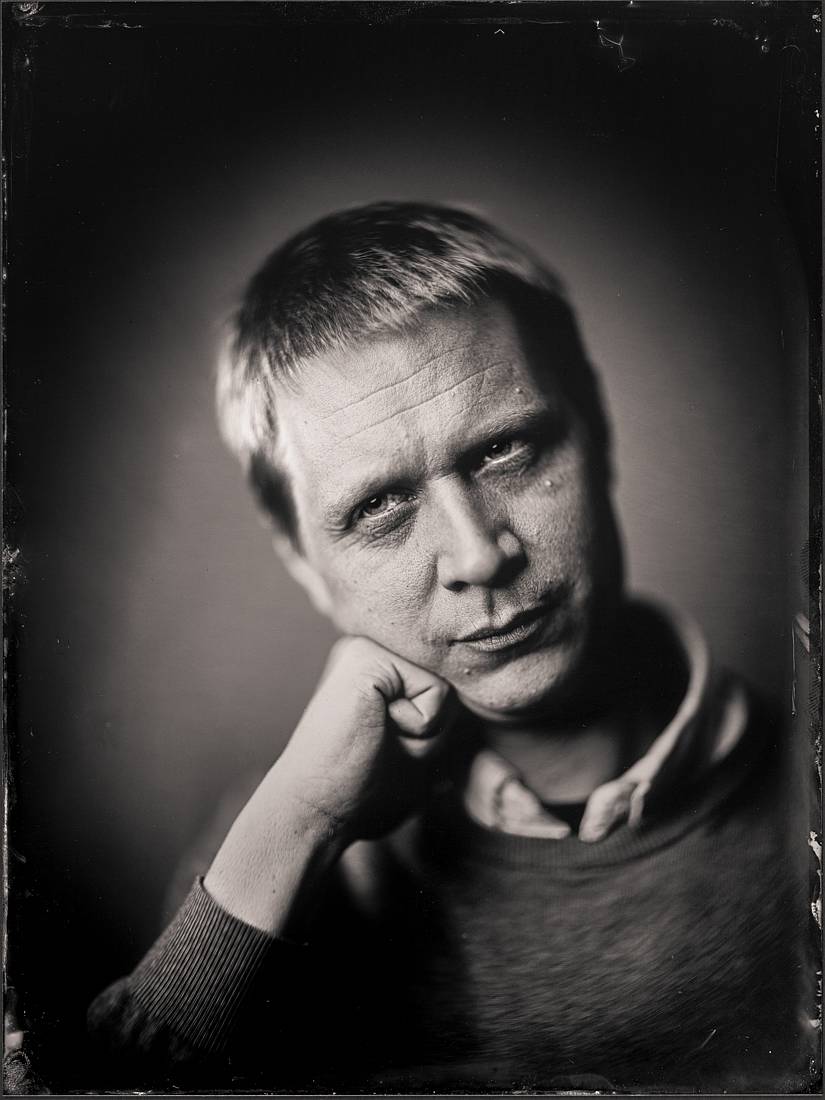
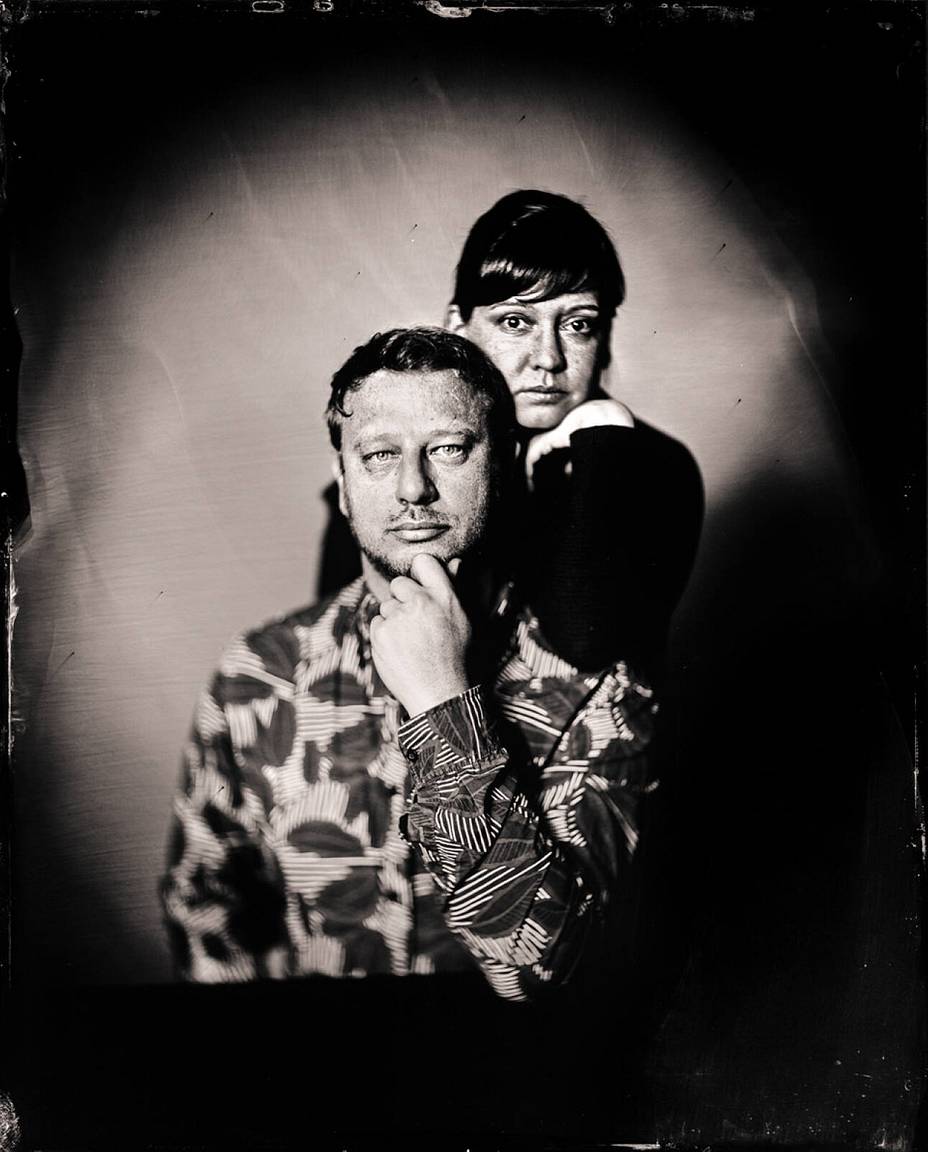

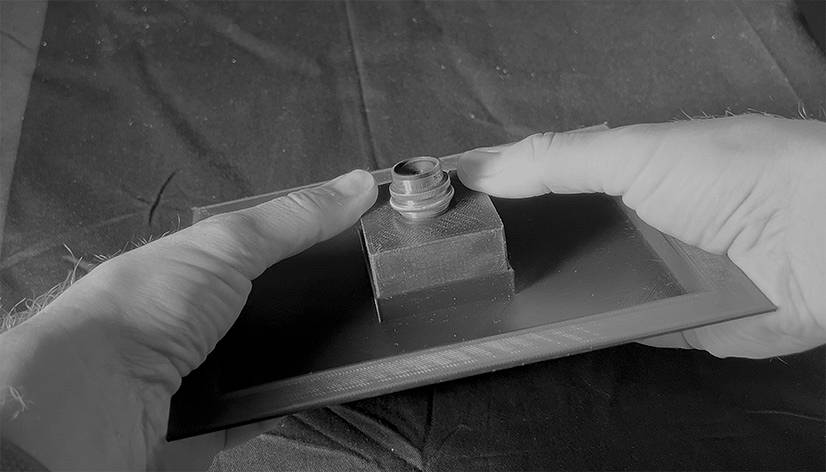




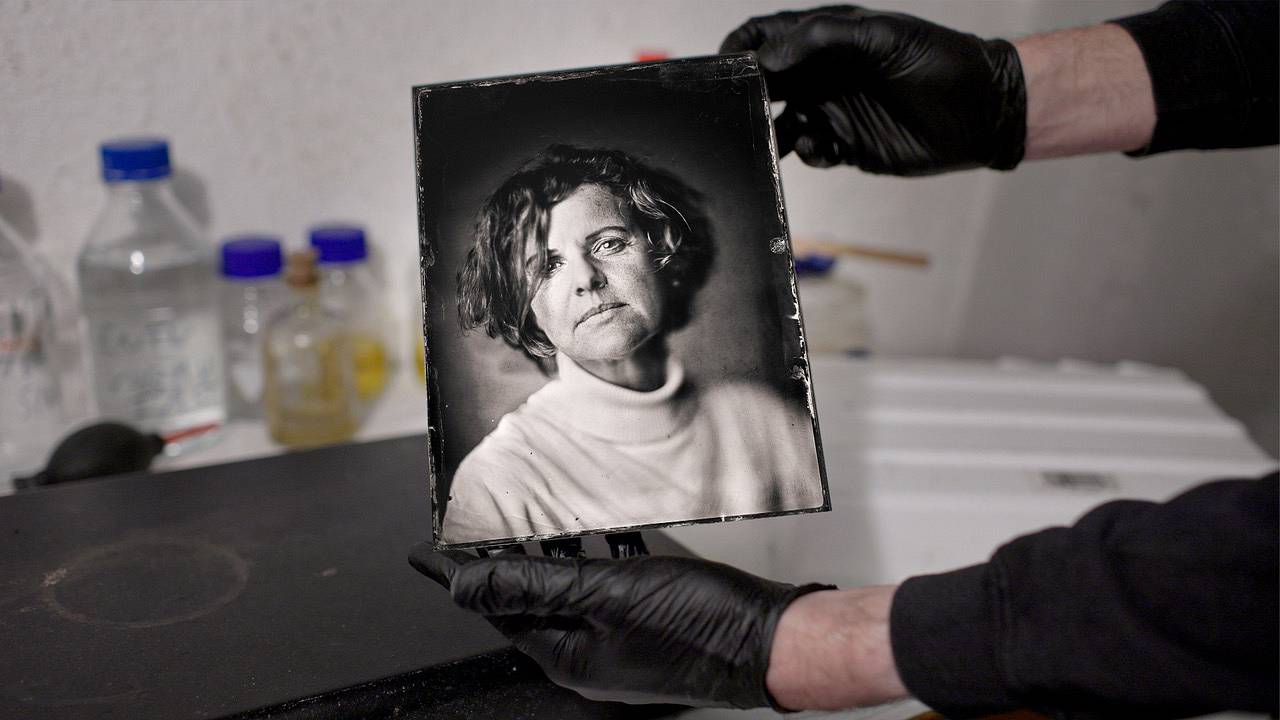
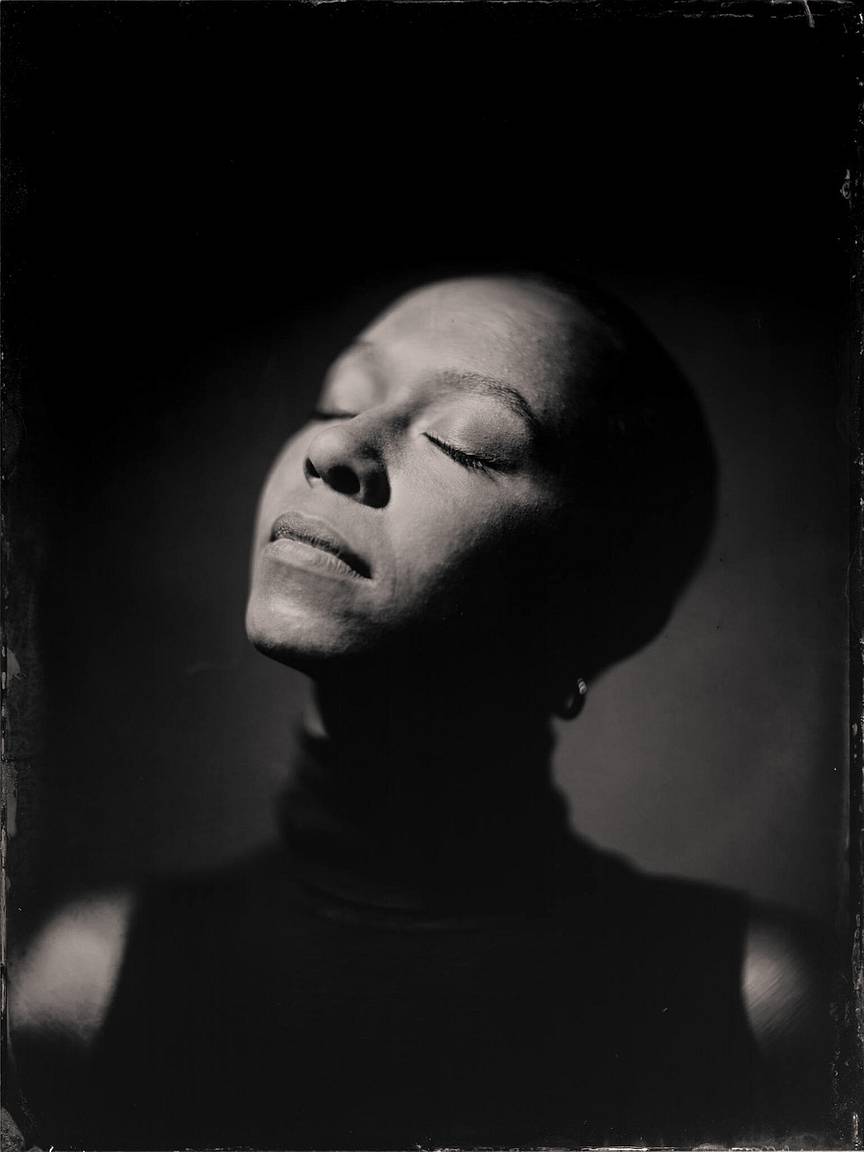
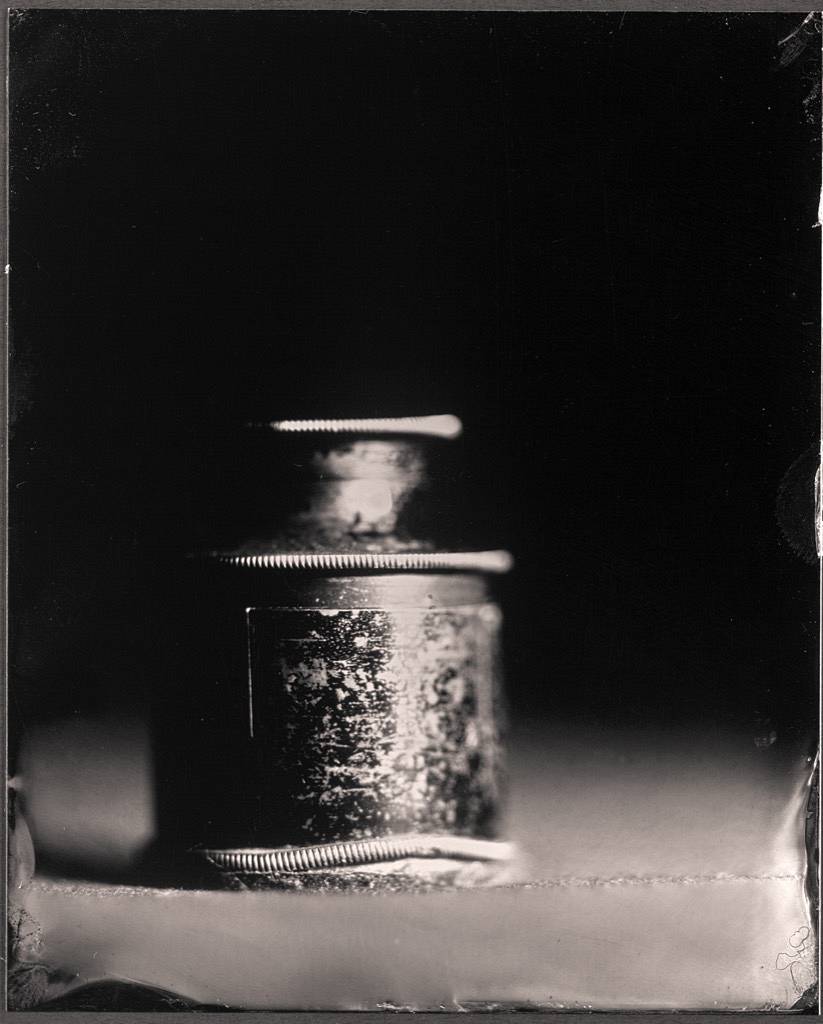











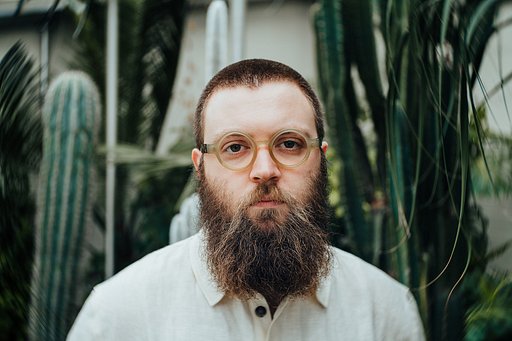


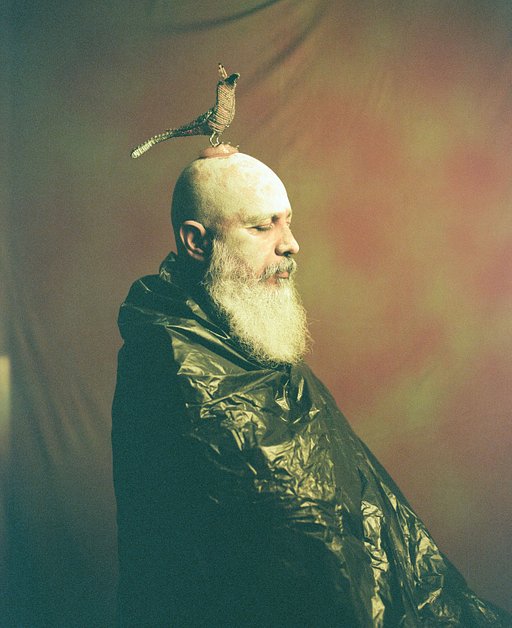


2 Comments